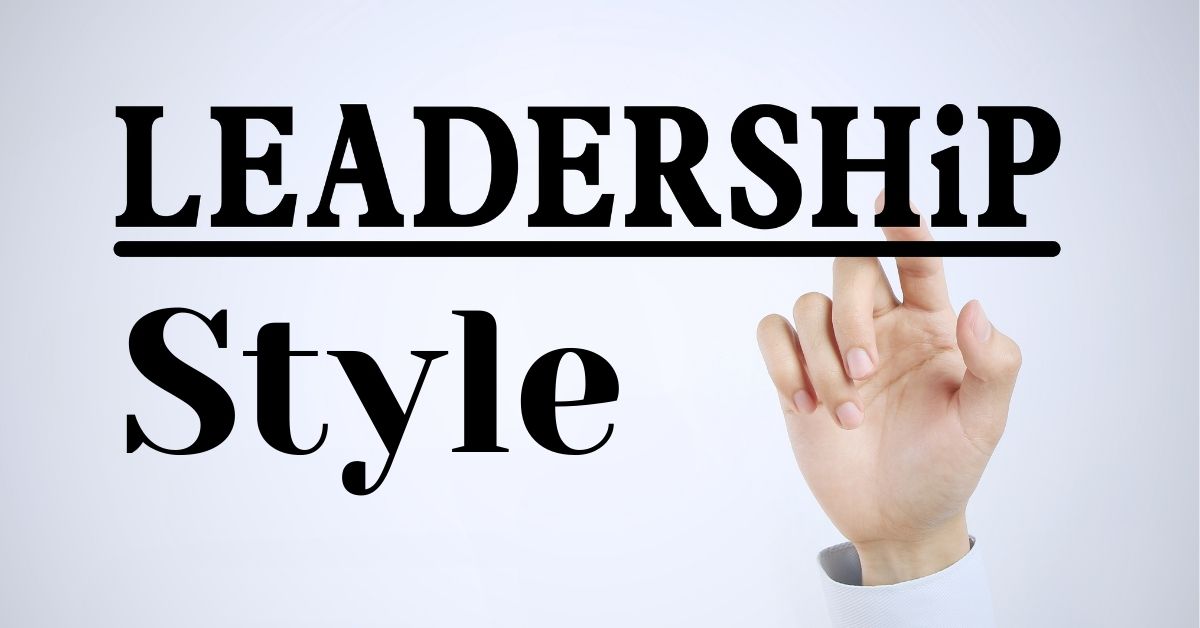The leadership style you should adopt depends on the type of person and what you want to achieve. Find out which leadership style is best suited for your specific situation and explore how to make the most of your leadership style.
The Complete Guide to Leadership Styles So You Can Lead Your Team Better
Introduction: What do Different Leadership Styles Look Like?
Leadership styles and how they work differ from one leader to the next. Understanding these different styles and their work is essential to building a successful team. Leaders can be found in all different types of industries and careers. However, every leadership style is vastly different depending on the industry and the company.
This article will provide an overview of a leadership style and showcase some of the leaders of the typical style may take on. It will also give examples of applying these styles to real-life situations and some benefits and drawbacks to various leadership styles.
What are the Different Types of Leadership Styles?
Leadership styles are essential because they have a lot to do with how the employees feel about the company. Therefore, all employees should understand a good leadership style supported by the other leaders in the company.
There are many different leadership styles, but not all work for every organization. Leadership disciplines depend on what type of organization it is; for example, an authoritarian style may work well for a military unit but not so well for a tech company.
One thing that you should consider when choosing your leadership style is your personality and what makes you comfortable.
There are five main leadership styles:
Authoritative:
The leader is in charge, and the team follows—this style, typically in a strict household and a military setting.
Democratic:
The leader is not in charge; instead, team members make decisions together, much like a democratic state or organization. This is an ideal way to lead teams when you want highly engaged employees who feel like they have some control over their fate.
Laissez-faire:
This style leaves team members alone to do things without much supervision or guidance from the leader. It’s suitable for allowing people creativity and independence while still giving them goals and expectations for what they should achieve with their time and energy.
Visionary Leadership:
Visionary Leadership strives to produce a vision for the future and create an environment conducive to achieving it. Leaders with this style can set ambitious goals and take ownership of them, but they also understand the importance of collaboration. Leaders with this style can set ambitious goals and take ownership of them, but they also understand the importance of cooperation.
Coaching Leadership:
Coaching and Leadership go hand in hand. Today’s leaders need to be more like coaches and less like bosses. There are five leadership styles that we will explore here:
1. The “Compelling Vision” Leader: This leader is an inspiration and a visionary. They help their employees see the bigger picture and accomplish as a team.
2. The “Empowering Leader” empowers others to make decisions and take ownership of their work, even if they don’t agree with those decisions.
3. The “Humble Leader”: This leader doesn’t seek accolades or personal recognition but genuinely works with their team to achieve success for all involved.
4. The “Engaging Leader” who shares their stories with employees.
Why Understanding the Differences in Leadership Styles is Important for You & Your Company’s Success
Leaders have a lot of power in their hands. A leader can either build up or break down the morale of his team members. In addition, a good leader can mold a team and inspire them with a vision.
As a leader, it is your responsibility to motivate and inspire your team members.
You can do this by showing that you care about them and their personal development and inspiring them with a clear vision of the future. In addition, employees are more likely to feel valued when given opportunities to develop skills in areas they are interested.
People are always looking for ways to grow and enhance their skills. Therefore, employers that provide opportunities for employees to do this will be more successful in the long run.
Employers need to give their employees opportunities to take on new responsibilities. Employees given stretch assignments will become more confident and handle a more comprehensive range of tasks. By providing these opportunities, you can positively impact your company’s productivity and bottom line.
What are the Benefits to Applying Your Preferred Style in Leading Your Team and Why It’s Important
#1: Clear and Understandable Communication
Clear and understandable communication is a crucial component to success in the workplace. Employees who struggle to communicate their ideas and thoughts lead to incomplete work, frustrations from coworkers, and even lost clients. A common fear among employees with communication issues is that frustrated coworkers will not understand what they are saying, or their supervisor misunderstands them.
#2: Creative Solutions and Visions for the Business
Leadership that provides vision brings about a sense of direction. The leader can be anything from a professor to a CEO.
The first benefit of Leadership is that it helps employees meet their potential. This benefit happens by creating an environment where people can learn and grow.
Another benefit is that it boosts employee engagement. Leaders help people see the bigger picture, allowing them to take ownership of their work and the challenges at hand, ultimately leading to more job satisfaction.
Lastly, strong leaders provide stability for an organization or company by setting clear parameters on what is acceptable or not. These parameters make everybody’s job easier because they know what the boundaries are and what the expectations are for them.
#3: High Quality Work
Outstanding Leadership in organizations is vital to providing high-quality work.
Many books on Leadership assert that there are five essential qualities to consider when selecting a leader:
Caring for the people who work for them
A company’s success hinges on the health and happiness of its employees. A good employer provides both physical and emotional benefits to their employees. In addition, they should provide them with a healthy work environment that will promote productivity and creativity.
Creating an environment where people can do their best work
Working in an environment where people can do their best work is a good idea. You’ll get higher quality work, and you’ll get it done faster.
Understanding what motivates employees and how they react to different rewards and punishments
Motivating employees is not always easy. We all have different motivation levels, and what motivates one person may not motivate another. In addition, many other factors influence how an individual reacts to rewards and punishments, but understanding them can be the key to finding the perfect system to motivate your team.
Fostering trust among team members
Team members must be able to trust one another. A lack of trust in the workplace can lead to inefficiencies and poor performance. Building a healthy work environment with a sense of community starts with fostering trust among teammates.
Having a long term perspective on what is good for the organization
Having a long-term perspective on what is suitable for the organization can be difficult. It’s easy to get caught up in the day-to-day tasks and forget about the future. One way to combat this is to have a meeting at least once a week to discuss what will happen in 1, 3, 5, 10 years if you continue on your path.
Conclusion: A Guide on How to Enhance Your Leadership Style and Lead More Effectively For Yourself and Others
We have looked at the different aspects of Leadership and how to apply them in both business and personal life. In addition, we have examined the personality traits, skillsets, and behaviors of influential leaders. We have also considered some critical objections to leadership theory and approaches to overcoming these objections. Finally, we have considered different ways to enhance your leadership skills and lead more effectively for yourself and others.

